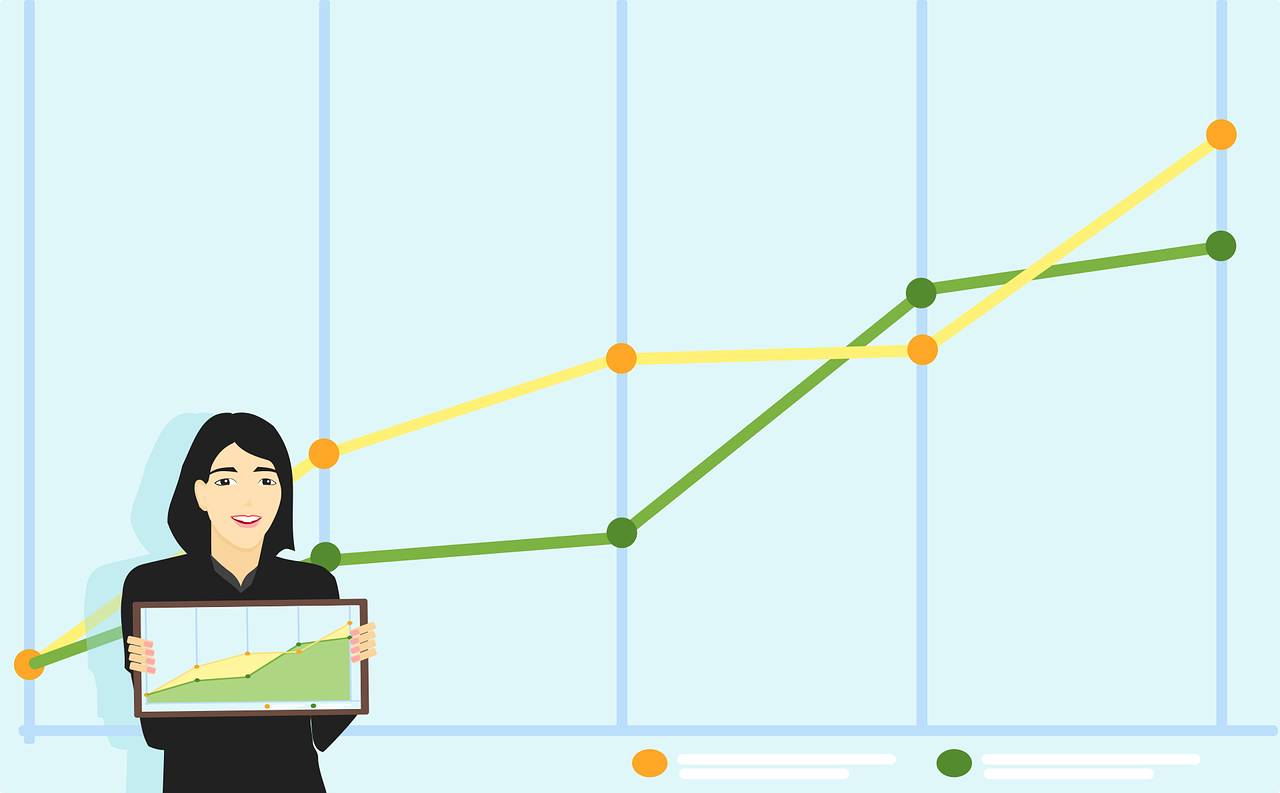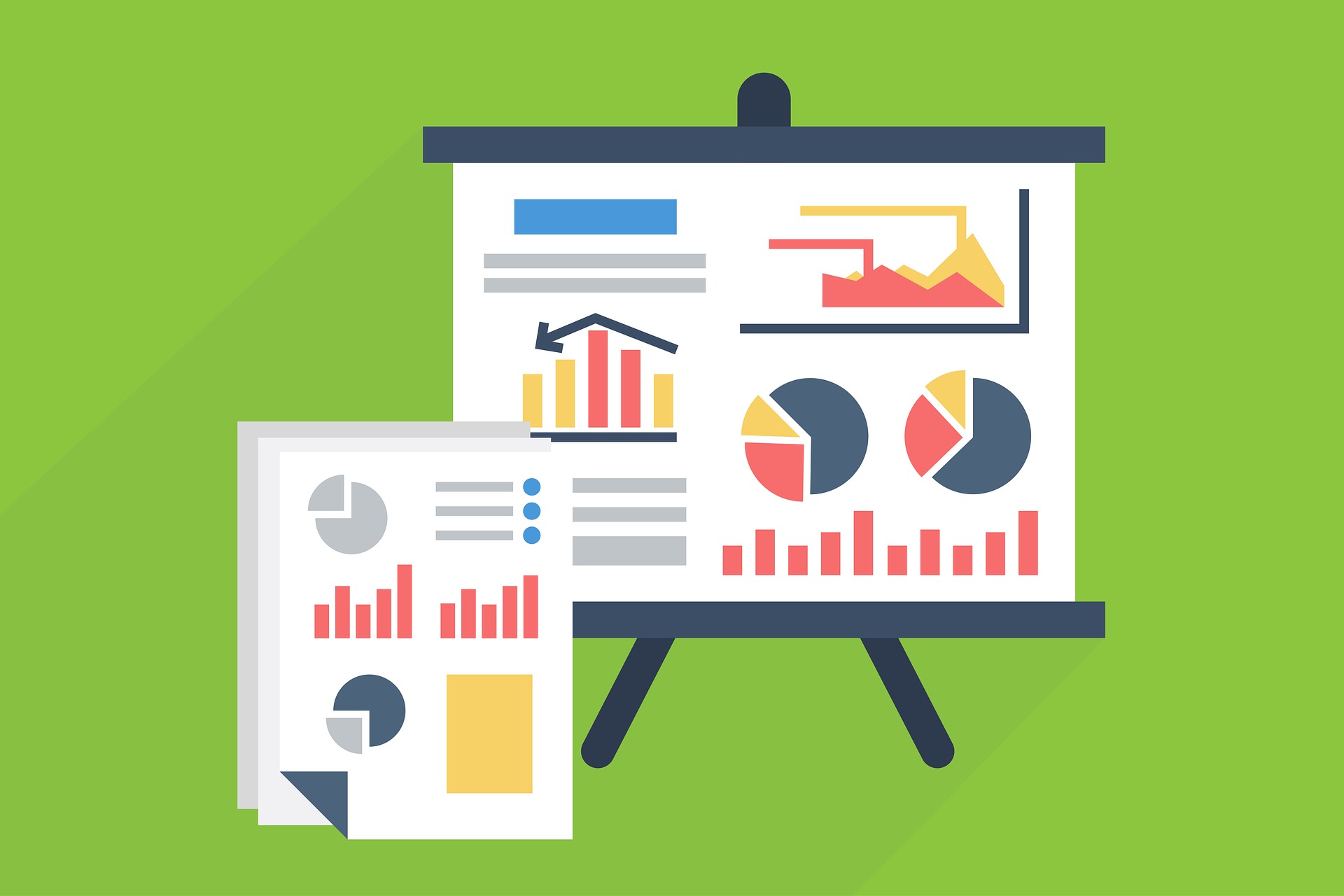Entrepreneurship has taken center stage in 2022, but creating a business is no small feat. There are many elements that are critical to forming a small business, from generating an idea to marketing campaigns and sales. If you find yourself struggling in one area or another or looking to learn what are the key aspects of your business, small business data analytics can help.
If you’re new to the realm of data analytics (DA), you’re likely pondering the question, “What is DA, and how is it important to a business?” And that’s precisely what this article is here to share.
What Is Small Business Data Analytics?
Data analytics is the process of using four different techniques and procedures to investigate business data in detail. Data analytics aims to obtain essential insights about the business, leading to better decision-making, a more customized experience for users, enhanced operations, and more.
After discussing the four types of data analytics below, we will highlight several critical aspects of small business data analytics that play a significant role in getting a startup business off the ground successfully.
Types of Small Business Data Analytics
When it comes to data analytics for business professionals, there are four main categories. Each category plays a vital role for business owners. Here is a quick breakdown of the four types of DA.
The first and most popular form of small business data analytics is descriptive analytics. The information composed from descriptive analytics reveals overall performance and answers the question, “What happened in the past few days, weeks, or months?” For example, reports and analyses can show how much the company has sold in the past year and how many repeat customers the company is gaining.
While descriptive analytics answers the question of what happened, diagnostic analytics answers why it happened – which is almost more important and valuable to a small business. Through historical data, companies can discover why their sales increased or decreased, why they’ve gained or lost customers, or why a specific product is over or underperforming. From there, the company can discover what works and, more importantly, what doesn’t.
Predictive analytics focuses on utilizing descriptive and diagnostic reports to answer the question of what will happen in the future. With historical data, predictive analytics can pinpoint potential future problems such as things that will cause customer dissatisfaction and breakdowns within the mechanical elements of the business.
Last but not least, prescriptive analytics is data contrived from the three prior categories: descriptive, diagnostic, and predictive. This in-depth look at historical data aims to genuinely guide the business toward positive decision-making. For example, a small business can see where further training is necessary through compiled prescriptive analytics. They can also make a confident decision on changes to essential things such as product pricing.
It Starts With Collecting Info
One of the key words found in “data analytics” is data. Without it, there can be no analysis. At this point, you know that DA will solve a problem, such as why a product is losing sales, or there are more break-ins at a specific in-person location. To analyze the situation and discover a solution, there must be data.
Data can be broken down into three categories: first, second, and third-party. The information can be quantitative or qualitative (numerical or physical).
-
First-party data. This type of data is collected directly from customers in a clear, pinpointed way. It may come from tracking data, customer surveys, and even direct observation by the company.
-
Second-party data. Second-party data focuses on information curated from other organizations, such as your social media page or website. This type of information is also quite clear-cut, relaying apparent data such as purchase history and shipping info.
-
Third-party data. Lastly, third-party data comes from third-party organizations (government, academic, etc.) in the form of “big data.” This data, which can include elements such as public relations and weather reports, can be used in many ways, from market research to industry reports.
Once data is compiled, it will be essential to “clean it” before being analyzed. This involves getting rid of duplicate records or unwanted irrelevant fields of information. You may also need to perform some general fixing, like eradicating typos and creating a streamlined layout. Information gaps may need to be filled, too.
How to Collect Important Info for Analyzing
There are multiple ways to put together in-depth data for analysis. Simply follow these four steps:
-
Decide what information you want to be analyzed. The first step is to decide which info is most important to collect. For example, a retailer might want to know why one of their products outperforms the other.
-
Create a timeline. Some data will be collected continuously, so observations can be made from long-time observations, while others will only need to be dissected for a short amount of time.
-
Determine which data collection method you will use. There are many methods, from in-store traffic monitors to social media monitoring. You can also use surveys, online tracking, and transactional data tracking.
-
Collect the data and observe it regularly. As soon as you begin collecting data, you will want to observe it to pinpoint trends and analyze it for future benefit.
Why Data Analytics Are So Critical for Small Businesses
Now that you know the basic introduction to data analytics for business, it’s crucial to understand how data analytics helps companies, especially small business ventures just starting out. Here are the top five ways small business data analytics are crucial.
1. Improved Customer Experience
The customer experience is an essential part of any business, whether you’re selling clothes online or running a dental office. Customers want a streamlined and personalized experience they’re happy with from start to end – and data analytics can help.
Data analytics can put together customer profiles that lead to an improved and customized experience for each user. For example, a retailer can see in-store and online sales trends and promote products to enhance overall purchases. They can also use data to discover which products should be encouraged at checkout, leading to more profit.
2. Informed Company Decision-Making
Making a serious decision on your small business can be daunting, but the task is far more manageable with data analytics. Thanks to predictive and prescriptive analytics, a company can get insight into how a decision will affect their company.
For example, a company may toy with changing the pricing of their product. Using data, the company can decide whether or not the change will have a negative impact on their company or whether it will reduce their overall financial gain.
3. More Streamlined Operations
Data analytics can also help when it comes to the overall operations of a small business, pinpointing bottlenecks and other production delays.
Here, we can use the retailer as an example once more. Data can show whether or not current vendors can support the production, especially during peak times such as the holiday season. Having this knowledge beforehand allows businesses to take the necessary steps to ensure streamlined operations, resulting in swifter product output and delivery – and satisfied customers.
4. Enhanced Security
Last but not least, small business analytics can improve the security of the business and customer in many ways – both in-person and online. For example, data can show which storefronts are at a higher risk of theft, allowing the business to create a plan of action for reducing incidents. Data can locate vulnerabilities within the system and patch them on an electronic level before something detrimental occurs.
5. Greater Revenue
Improved customer experiences, informed company decisions, streamlined operations, and safety all equate to one significant benefit: greater revenue for your small business. After all, even the best ideas can fail due to a lack of proper advertising, slow deliveries, and overall negative customer experiences. Ensure your company is making intelligent decisions and catering to the customer with DA and watch sales boom.
How DA Boosts Business
Needless to say, the DA process is essential in all areas of a small business. Business problems addressed by big data analytics can be quickly rectified and customers can have a more positive experience. Here are just a few ways in which DA can elevate your biz.
-
Faster deliveries. By pinpointing and handling bottlenecks and delays, customers can receive their products in a more timely fashion – which will encourage repeat and future customers.
-
Improved business model. Data analytics will show when and why customers have complained or requested refunds. From there, the business can remove or alter the product or service, leading to a higher level of satisfaction.
-
Optimized marketing. Historical data will show which customers are repeat customers, allowing you to optimize your marketing for future sales. It will also show which products are bestsellers, which should be promoted to boost sales further.
-
Better advertising. Knowing which ads, emails, etc. get the most attention can help businesses to craft better advertising, potentially leading to more traffic and profit.
-
Enhanced customer service. Having the data to understand your customer’s concerns and communication preferences ensures you can deliver the best customer service, resulting in happy customers that will likely buy again. Paired with live chat support (more on this at the end of the article), your company becomes a streamlined business that customers know and trust.
-
Increased product management. Knowing which products are a “hit” or “miss” can help your business greatly. You can get rid of the “miss” products and highlight the “hits,” which means less financial loss for your business and increased sales.
-
Safer environment. Customers won’t shop in a store or on a website that is not secure. Data analytics can improve safety measures, giving customers the confidence they want and need to enjoy your business and products and services.
Conclusion
Without proper business analytics and data visualization, even the best small business platforms can fail. DA is essential in all areas of small businesses, from improving customer experiences to streamlining operations and beyond. Now that you understand the introduction to business data analytics, you can apply it to your company and watch it thrive.
How Live Chat Services Can Boost Small Business
Small business data analytics are crucial for building a small business and allowing it to be productive and thrive. But DA isn’t the only way to boost small businesses. Another great way is to implement live chat services on your website.
A properly managed live chat support comes with a slew of benefits for your business, including the following:
-
Quicker response time. No customer – especially an enraged or confused customer – wants to sit around waiting for chatbot service or phone calls. Managed live chat customer service ensures a swift response time for an overall happier customer.
-
More personal and trustworthy. The terms AI and trust don’t typically go hand-in-hand. If you want to build a trusting relationship with customers, existing and new, managed live chat support is the way to go.
-
Increased productivity. Did you know that managed online chat representatives can tackle multiple queries at once? This results in overall increased productivity while also reducing cost. It’s a win-win, especially for new small businesses.
Needless to say, managed webchat is a must for your small business, and Chat With Humans can help. We only charge $15 per valuable lead, making our managed live chat pricing affordable for companies big and small.
Chat With Humans offers more than just pays per lead, though. Our managed live chat services extend to sending visitors follow-up emails and promoting discounts and bonuses, ensuring you get the most from our managed live chat online services.

